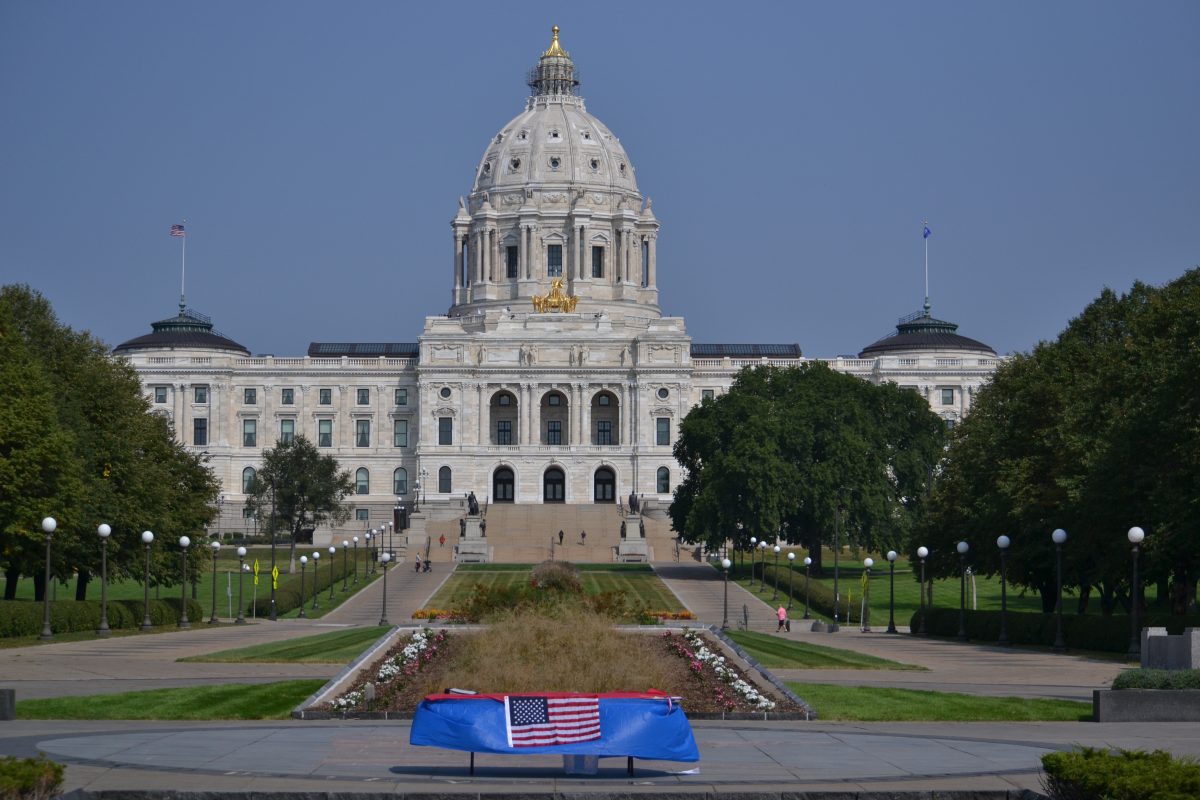The University of Minnesota pitched to the Minnesota Legislature another request for an extra $45 million to its already $500 million capital request to minimize tuition increases and maintain old buildings on campus.
The capital request is entirely devoted to Higher Education Asset Preservation and Replacement (HEAPR) to allow the renewal of 150 buildings and address the backlog of facility needs, said Executive Vice President and Provost of the University Rachel Croson.
The extra $45 million would be used to lower costs for students by minimizing tuition increases needed to address expected cost increases across the University, Croson said.
Campus conditions are declining, according to Vice President of University Services Alice Roberts-Davis. About 77% of buildings are in fair/below average or poor/critical condition.
Roberts-Davis said the University will implement HEAPR dollars and consolidate the spaces they have rather than build new spaces as the legislature suggested.
“We want to ensure that we are able to offer [students] the facilities that are competitive and that attract them to the University of Minnesota,” Roberts-Davis said.
Shae Horning, state coordinator for the Undergraduate Student Government, said at the meeting that building repairs across the University are needed to support wheelchair users.
“Students who use wheelchairs, who have an injury and use crutches or have any other disability shouldn’t have to worry about accessing their class because of outdated infrastructure,” Horning said.
Sen. Zach Duckworth (R-Lakeville) said instead of spending millions on a new state office building, the legislature should spend that money on the University.
“Imagine the message that we would be sending to students and the people of Minnesota if we put them first,” Duckworth said. “And just took $500 million of the $750 million set aside for the new state office building and gave it directly to the University of Minnesota and allowed them to do what they need to do.”
The University increased tuition by 3.5% last year and is hoping the supplemental budget request will help lower the percentage, said Interim President Jeff Ettinger at the House Higher Education Committee meeting on Thursday.
“We are hopeful if we can get the $45 million grant, that we can hold the increase below that,” Ettinger said. “If we are at zero, we may well end up higher than that.”
Duckworth said the legislature and University have to work together to address funding needs to avoid raising student tuition while not chipping away at the state budget surplus.
“That is the bigger picture that we have to solve, and if we don’t do the work now we’re going to be dealing with the same issue next year and in five years and in ten years,” Duckworth said. “It’s gonna continue to become financially unattainable, which is only going to compound the enrollment issue that we have.”















Georgiana May
Feb 26, 2024 at 9:10 am
We certainly should try to limit tuition increases and I suggest that the UM admin look at themselves as they try to do so. UM faculty and staff are cronically underpaid and understaffed, while the UM admin constantly creates new administrative positions and hires new adminstrators. Save money by trimming the bloated admin excess and use that to maintain the quality of instruction while limiting tuition increases.